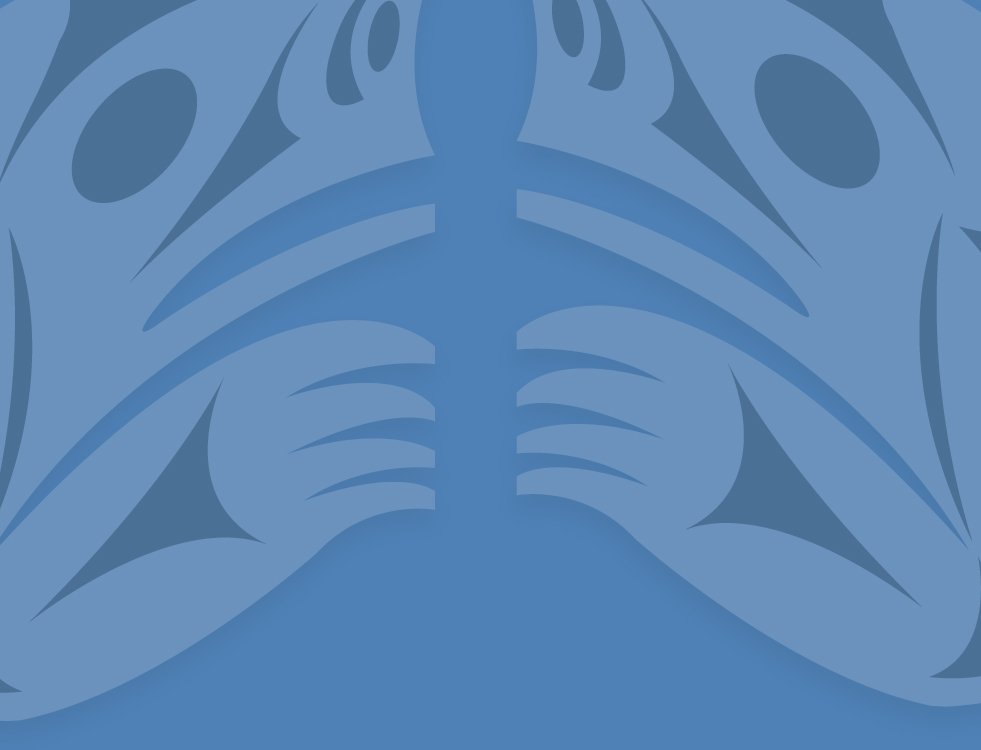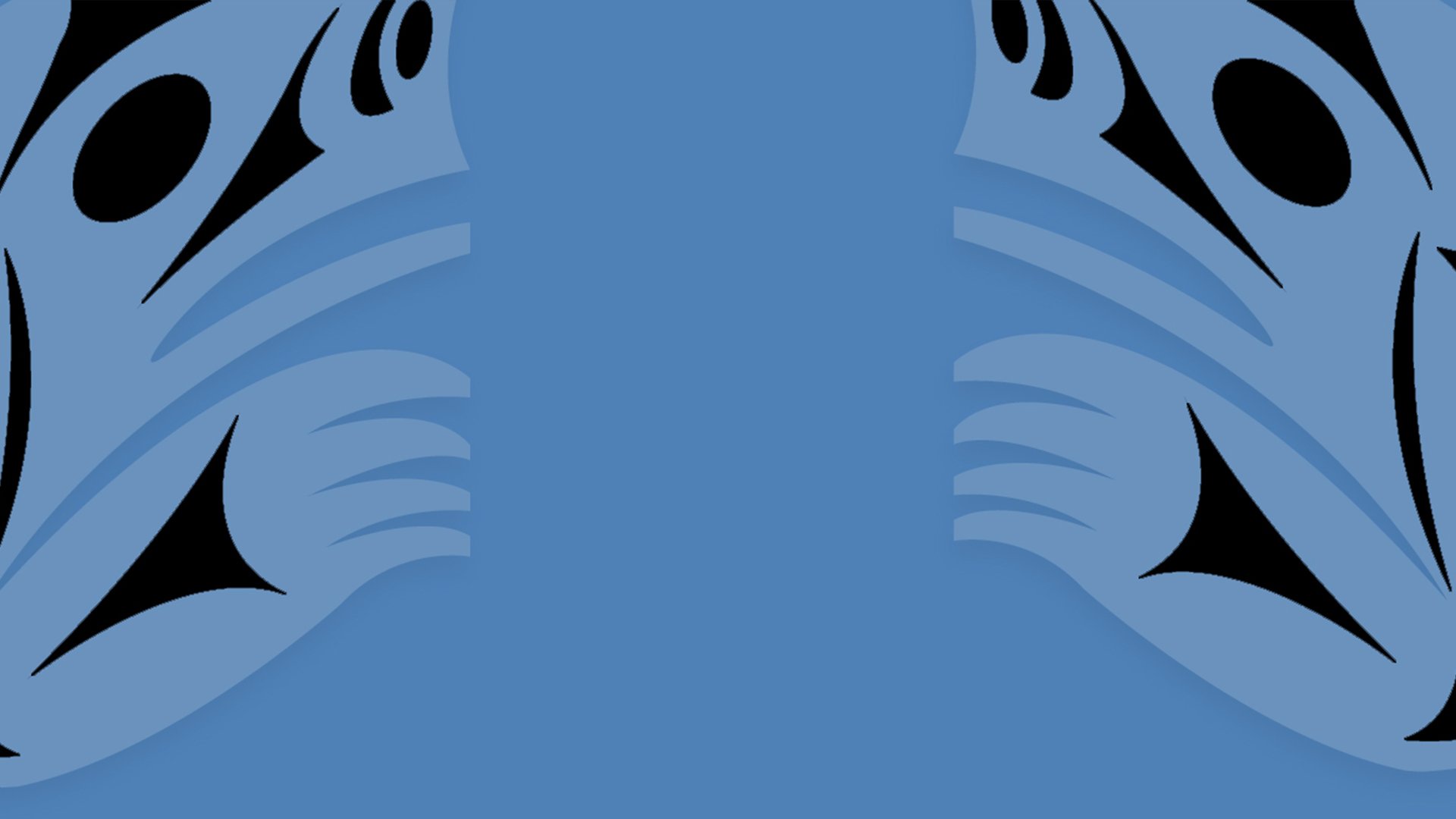
Our Approach

As outlined within Our History, over the past couple of decades, a number of collectives have pushed forward the South Island’s journey to reassert jurisdiction over our children and families.
While SIIA has been in existence only since 2019, our Legislative Planning processes have been directly informed by the decades of work done prior to our formal inception. This historic work continues to complement the engagement work SIIA has undertaken within our communities and Nations since 2019.
Prior to September 2023, the focus of our engagement work was gathering stories from people in our communities to ensure our Legislation was based on our own traditional ways, so as to avoid creating an ‘Indigenized version’ of current provincial law.
This story gathering happened in a number of different ways such as:
Craft and Social Nights with community members
Interviews with elders and knowledge keepers
Reviewing materials in print
Collaborating with other organizations that have previously gathered stories from our communities

In September 2023, we released our first publicly available document called Paddling Together for Jurisdiction: Community Technical Report, and its associated Overview, outlining the work done to that point with options of how the South Island might move forward in our push for jurisdiction. In February 2024, we released our first publicly available version of our Draft Legislation for review by communities.
Since the release of these two pivotal documents, our community engagement activities have been focused primarily upon the presentation and review of these reports and plans by community members, Nation staff and leadership, as well as service providers and other technical experts within the realm of Indigenous Child and Family Services and Indigenous Law.










































